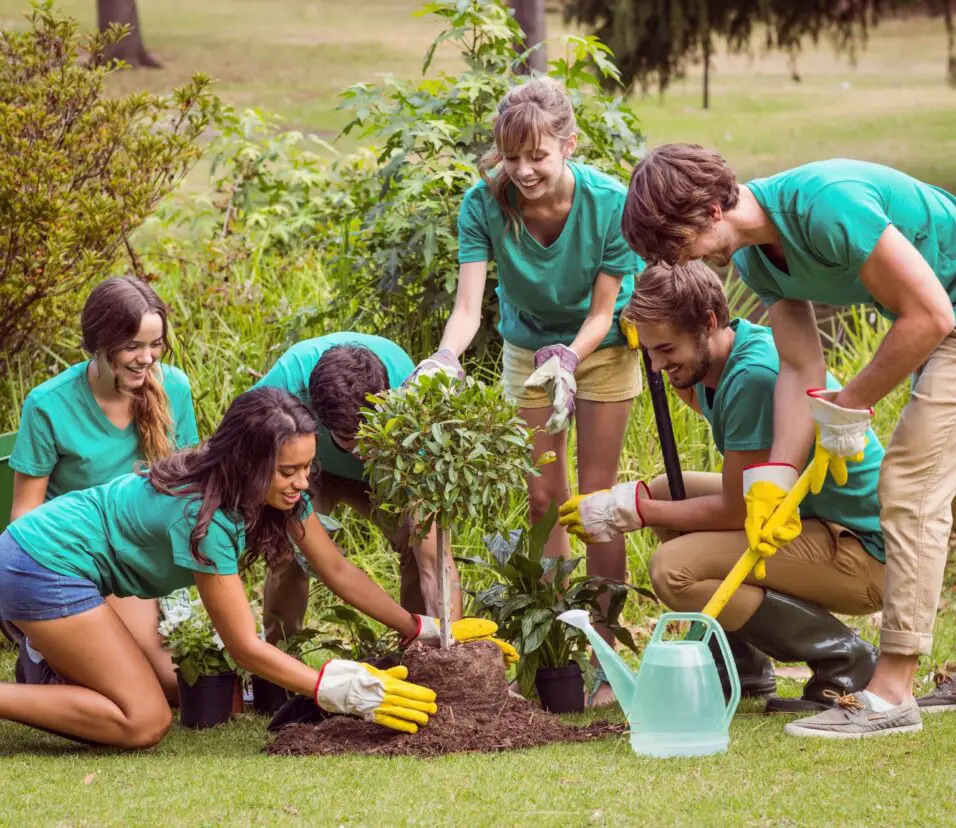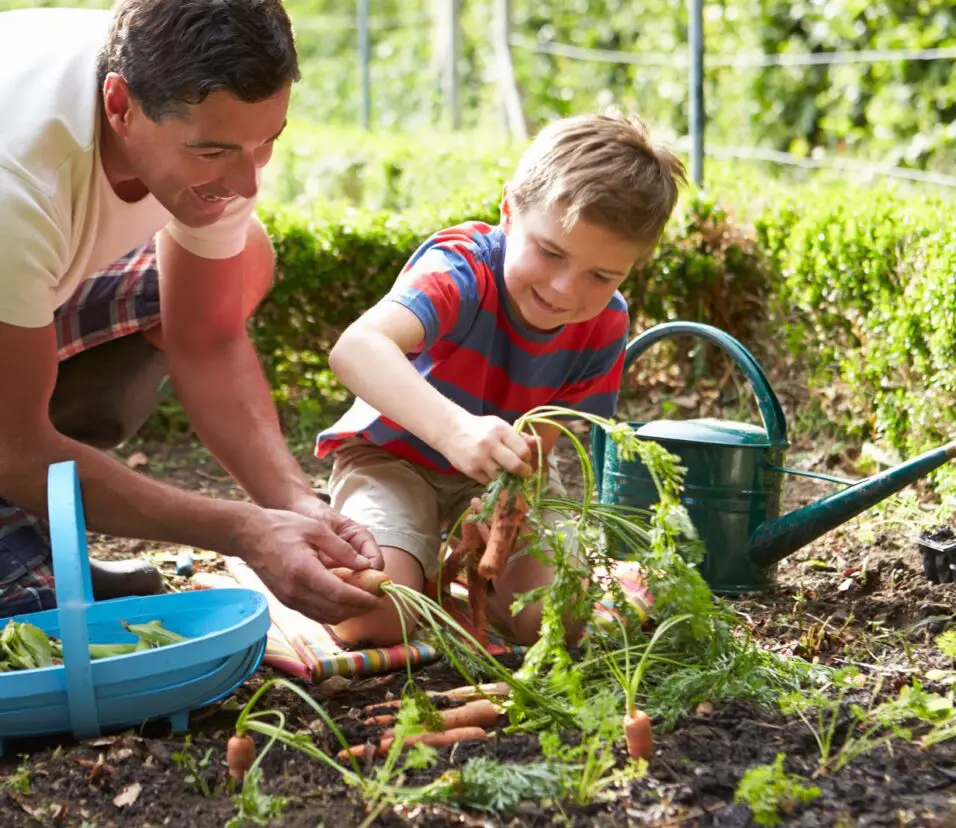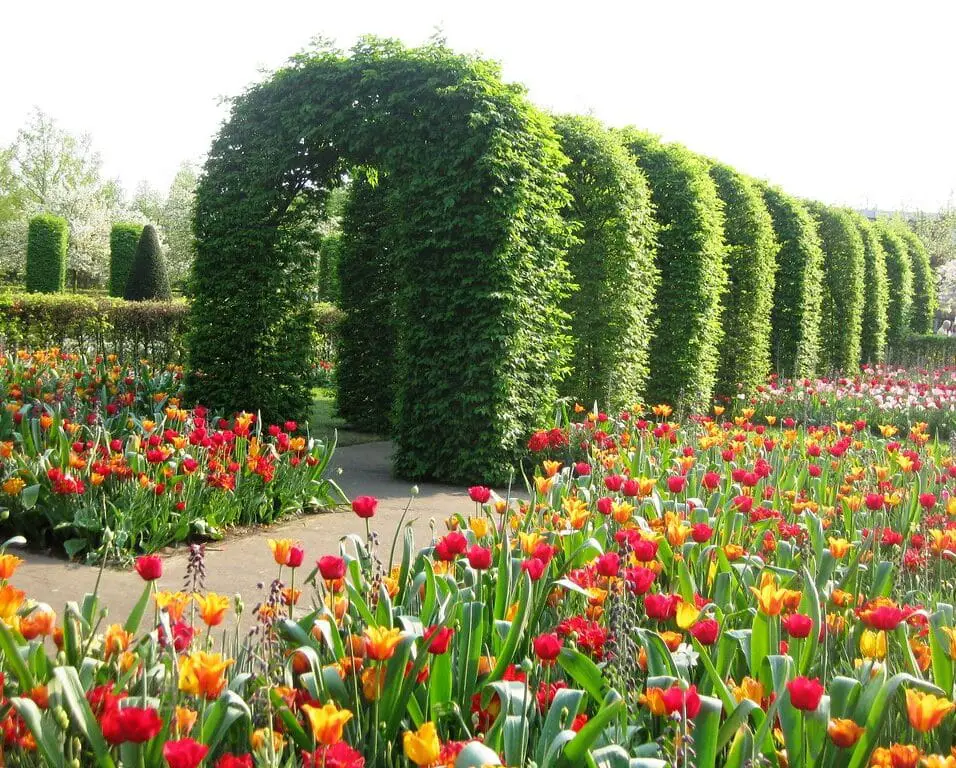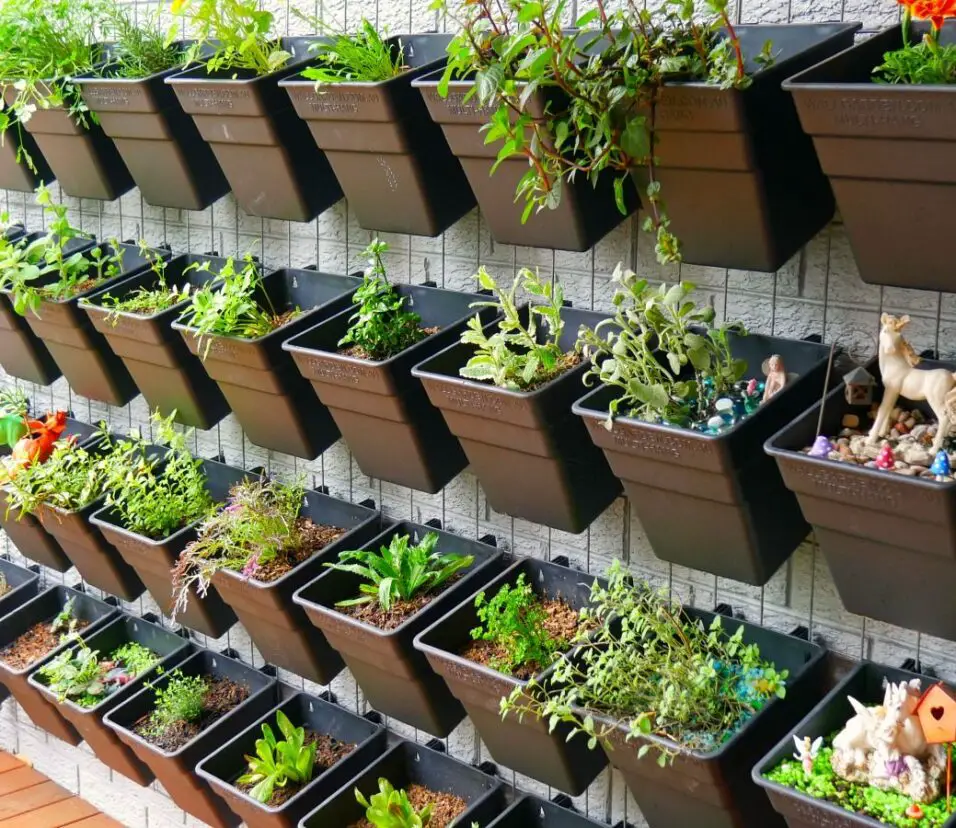How To Connect Garden Hose To Outdoor Faucet
Introduction
How To Connect Garden Hose To Outdoor Faucet: Connecting a garden hose to an outdoor faucet is a straightforward process that enables us to harness the convenience of running water for various outdoor tasks like watering plants, washing the car, or cleaning outdoor spaces. Understanding how to make this connection properly ensures a secure and leak-free setup, making watering tasks efficient and hassle-free. In this guide, we will walk you through the step-by-step process of connecting a garden hose to an outdoor faucet, highlighting essential tools, safety precautions, and tips to ensure a successful and durable connection.
First and foremost, it’s crucial to gather the necessary tools for the job. You will need, an outdoor faucet adapter or connector, and potentially some plumber’s tape (Teflon tape) to ensure a reliable seal. Selecting the right outdoor faucet adapter is essential, as it should match the size and thread type of your outdoor faucet to ensure a snug fit. While some adapters are universal, it’s advisable to check your garden hose faucet’s size for compatibility.
Before proceeding with the connection, it is imperative to turn off the water supply to the outdoor faucet. This precautionary step avoids any water wastage and prevents potential accidents during the process.
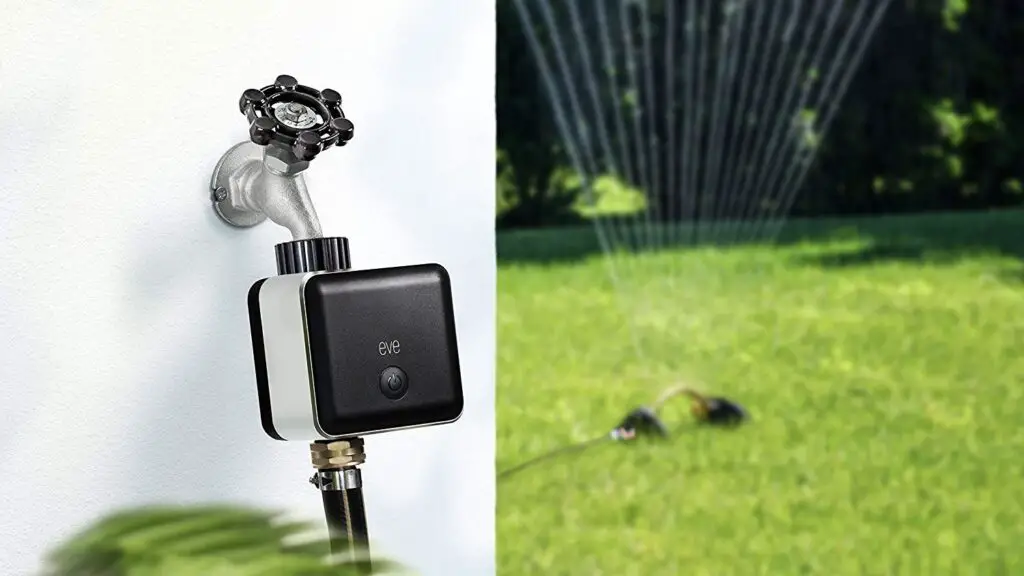
Can You Put A Tap On A Garden Hose?
line taps are easy to use tools that let you stop the flow of water from a line without having to go to the faucet. For this purpose, long hoses or watering different parts of the yard without going back to the faucet work best.
A connection or valve is needed to tap a yard hose. The female threading on these items lets them connect to the male end of the yard hose. A male threaded connection holds the tap to the faucet or hose bib.
Once the tap is in place, it can be turned on and off to control the flow of water. This switch cuts down on water use and trash. You can quickly change the water pressure with the tap for more accurate irrigation if you have a sprinkler or nozzle attachment.
Hose taps are useful stop valves for lines that aren’t being used. Winter is a bad time to connect the hose to the tap because it could freeze and break. This is very important in cold places.
What Connector Is A Garden Hose?
One end of an outdoor hose adapter or connector is 3/4″ GHT and the other end is a National Pipe Taper.
Connectors for garden hoses let you connect hoses to water or other tools. It lets more water flow through the outdoor hose and seals it to the faucet, sprinkler, spray nozzle, or other hose attachment. These plugs screw onto threads on a hose or water source. The threads can be male or female. The male end of the connection goes inside the female end of a faucet or other connector to keep it safe.
The quick-connect outdoor hose connector makes connecting and disconnecting from a water source easier. There are two parts to a quick-connect connection: one goes to the hose and the other to the faucet or hose end. When you push the ends together, they click together.
Why Does My Garden Tap Leak When Hose Attached?
An outside tap leaking from the hose connector can usually be fixed by one of three ways: Tighten the hose connector. Replace the connector washer. Replace the hose connector.
A leaking garden tap when a hose is attached can be a frustrating and wasteful problem. Several reasons can contribute to this issue, and understanding the potential causes can help you identify and resolve the leak effectively.
Worn-out washer: The most common reason for a leaky garden tap is a worn-out washer inside the tap. Over time, the washer can deteriorate due to frequent use, causing water to seep through and create a leak. Replacing the washer is a simple and inexpensive fix that can resolve the leak.
Loose connections: Sometimes, the connection between the garden hose and the tap might not be tight enough, leading to leaks. Additionally, consider using a washer or an adapter for a better seal between the hose and the tap.
Damaged hose: The garden hose itself may have a puncture, crack, or other damage that causes leaks when water flows through it. Inspect the hose for any visible signs of damage, such as holes or splits, and replace the hose if necessary.
High water pressure: Consider using a pressure regulator or restrictor to control the water pressure and reduce the likelihood of leaks.
Frost damage: In colder climates, freezing temperatures can cause damage to outdoor taps, leading to leaks when the hose is attached. Insulate the tap during winter or consider installing a frost-proof tap to prevent this issue.
How Many Types Of Hose Fittings Are There?
Hose fittings are parts used to connect hoses to equipment, among the fittings used to connect piping. In other applications, we may connect hoses of different sizes or repair damaged parts. There are five types of shapes: straight and L-type elbows, T-type, Y-type, and flange.
These fittings are designed to provide secure connections, prevent leaks, and enhance the functionality of garden hoses. Here are some of the most common types of hose fittings:
Threaded connectors
Threaded hose fittings are the most traditional type and involve male and female threads that screw into each other to create a tight seal.
Quick-connect fittings
Quick-connect hose fittings are popular for their convenience and ease of use. They consist of two parts – one part attached to the hose, and the other part remains fixed to the faucet or accessory. To connect, you simply push the two ends together and hear a click, ensuring a secure attachment.
Hose menders
Hose menders are used to repair damaged or punctured hoses. These fittings are designed to join two sections of a hose together, effectively sealing the leak and restoring the hose’s functionality.
Y-shaped connectors
Y-shaped hose connectors allow you to split the water flow into two separate hoses or attachments. This type of fitting is ideal for simultaneously watering different areas of the garden or using multiple hose accessories.
Faucet adapters
Faucet adapters are designed to fit specific faucet types or thread sizes, ensuring compatibility with various outdoor faucets. They provide a secure connection between the hose and the faucet, reducing the risk of leaks.
Shut-off valves
Shut-off valves are handy attachments that allow you to control water flow directly from the hose.
Spray nozzles and sprinklers
While not traditional hose fittings, spray nozzles and sprinklers can be considered as attachments that enhance the functionality of the hose. They come in various styles, offering different spray patterns and water distribution options for specific watering needs.
What Size Is A Standard Outdoor Faucet?
The outside faucet’s size is based on the water line at the house: 1/2 or 3/4 inch. Most taps, hose bibs, and spigots outside are 3/4″. Connect an outdoor hose or other hose accessories to the threaded output diameter of the faucet.
A lot of outdoor taps in the US and other countries are 3/4-inch. Most garden hoses, nozzles, and watering tools can fit in the normal size. A lot of yard hoses have plugs for outdoor faucets that are 3/4-inch male. Some outdoor taps are 3/4-inch, but not all of them are. Outside faucets in older houses or places may be 1/2 inch or 1 inch. A matching adaptor holds your outdoor hose in place.
3/4-inch hoses are needed for outdoor taps. Find out what kind of threads the tap has before you buy an adaptor or connector. Some outside taps have fine threads or hose threads.
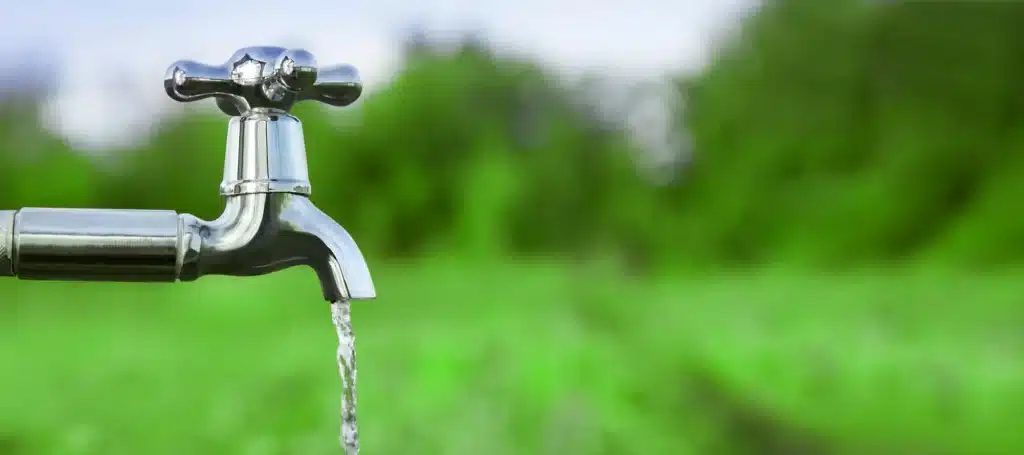
How Do You Weatherproof Outdoor Faucets?
Instructions
- Shut Off the Water Supply. Most of the time, but not always, the water line that feeds the outdoor faucet includes a valve to turn the water on and off.
- Disconnect Any Hoses. If a hose is connected to the faucet, disconnect it.
- Drain the Faucet.
- Install an Outdoor Faucet Cover.
Weatherproofing outdoor faucets, also known as frost-proofing or winterizing, is essential to protect them from freezing temperatures, which can lead to damage and leaks. Properly weatherproofing your outdoor faucets ensures they remain in good working condition and extends their lifespan.
Here are some steps to weatherproof outdoor faucets:
Disconnect hoses: Before the temperatures drop, disconnect all garden hoses from the outdoor faucets. Leaving hoses attached can trap water inside, leading to freezing and potential damage to both the hose and the faucet.
Drain water from the faucet: After removing the hose, open the outdoor faucet to allow any remaining water to drain out completely. This step is crucial as any trapped water can freeze and expand, potentially causing the faucet to crack or burst.
Use insulated tape or foam: For added protection, you can wrap the exposed pipes leading to the outdoor faucet with insulated tape or foam pipe insulation. This helps retain heat and prevents the pipes from freezing.
Install a freeze-proof faucet: If you frequently experience freezing temperatures in your area, consider installing a freeze-proof outdoor faucet. These faucets have a longer valve stem that extends into the warmer interior of your home, preventing water from sitting near the exterior where it can freeze.
Close the interior shut-off valve: If your outdoor faucet is connected to a shut-off valve inside your home, turn it off to stop the water flow to the outdoor faucet. After closing the valve, open the outdoor faucet to allow any remaining water to drain out.
What Is The Most Common Outdoor Faucet?
Most spigots are hose bibbs, meaning a garden hose attaches to them. Some decorative faucets, or ones intended for limited use, will be faucets without hose threading. But that thing near the base of your home that water comes out of it will, nine times out of ten, be a hose bibb.
The most common outdoor faucet, also known as a hose bib or spigot, is the standard 3/4-inch threaded faucet. This type of outdoor faucet is prevalent in the United States and many other countries. It is widely used in residential homes, commercial properties, and public spaces due to its simplicity, reliability, and ease of use.
The standard 3/4-inch outdoor faucet is typically made of durable materials like brass or stainless steel to withstand outdoor conditions and frequent use. It features a threaded outlet, allowing easy attachment of garden hoses, spray nozzles, and other watering accessories. The 3/4-inch size has become the standard because it offers a good balance between water flow rate and pressure, making it suitable for a wide range of gardening and cleaning tasks.
What Is The Best Type Of Outdoor Faucet?
Homeowners should consider two types of frost-free outdoor faucet compositions: stainless steel and brass. Stainless steel is the best frost-free outdoor faucet material for several reasons. Stainless steel has 7X more frost protection than brass, plus it’s sustainable.
The best type of outdoor faucet depends on various factors, including your specific needs, climate, and budget. However, some features and designs make certain types of outdoor faucets stand out in terms of performance and convenience.
Freeze-proof outdoor faucets: For regions that experience freezing temperatures, a freeze-proof outdoor faucet is an excellent choice.
Wall-mounted faucets: Wall-mounted outdoor faucets offer convenience and aesthetics. Some wall-mounted faucets also come with extended handles for easier operation.
Multi-outlet faucets: If you require multiple hose connections or watering options, a multi-outlet outdoor faucet can be a valuable addition. These faucets feature multiple outlets or taps, allowing you to attach several hoses or watering accessories simultaneously.
Lever-style faucets: Faucets with a lever handle provide quick and effortless water control.
Anti-siphon faucets: Anti-siphon faucets have a built-in backflow preventer that protects your drinking water from contamination. These faucets are essential for areas with stringent plumbing codes and regulations.
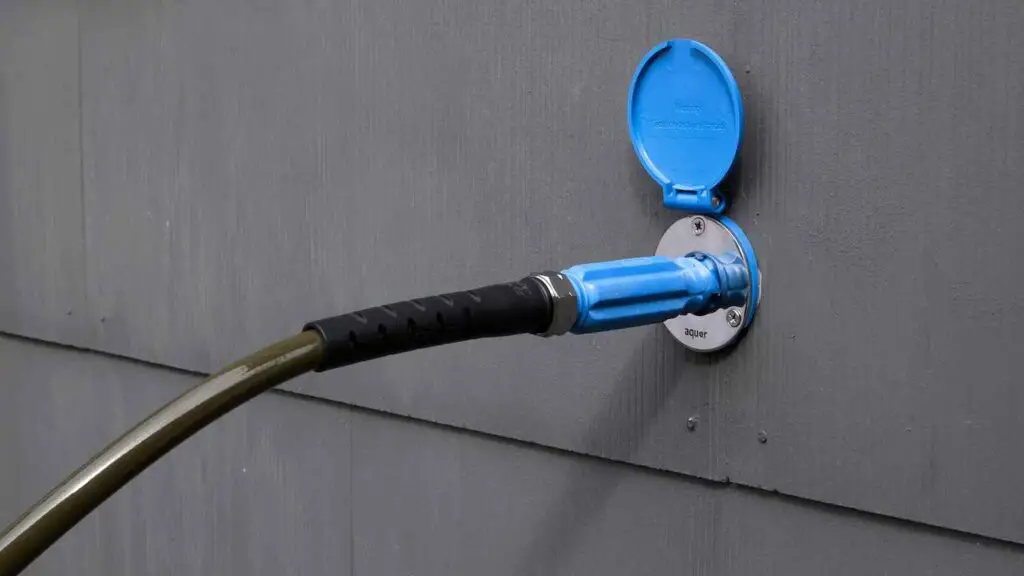
Conclusion
Prior to attaching the hose, it’s crucial to turn off the water supply to the outdoor faucet to prevent water wastage and accidents during the process. After connecting the adapter and hose, checking for leaks around the faucet and hose connections is necessary to ensure a watertight seal.
It’s important to keep safety in mind when using the garden hose, being cautious of hot water and potential trip hazards. When not in use, it’s advisable to disconnect the hose from the outdoor faucet, especially during colder months, to prevent freezing and potential damage.
By mastering the art of connecting a garden hose to an outside faucet and understanding the proper maintenance, we can efficiently water our gardens, clean outdoor spaces, and complete a myriad of outdoor chores. Remembering to inspect the hose, faucet, and connections regularly ensures a reliable and long-lasting watering system. This knowledge empowers us to make the most out of our garden hoses, enhancing the beauty and health of our landscapes while promoting water conservation and responsible outdoor maintenance practices.




